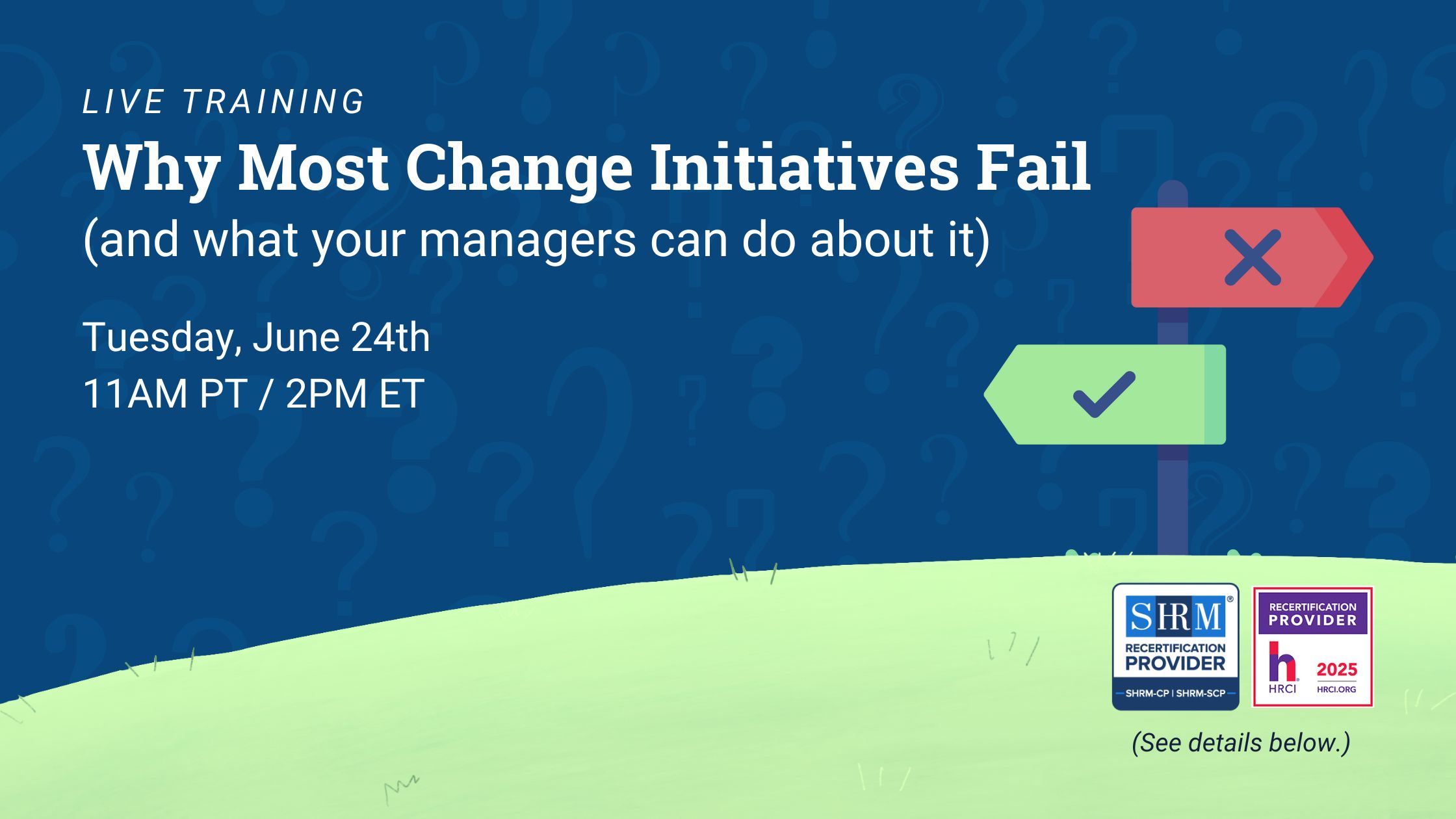Managing up is a professional soft-skill strategy that focuses on nurturing a constructive and efficient relationship with one’s supervisor.
The basic premise of managing up involves understanding and alignment. The idea is to comprehend your manager’s goals, communication style, and work preferences, allowing you to align your efforts with their expectations.
More importantly, managing up is not about undermining your manager’s authority, manipulating their decisions, or attempting to judge or evaluate their behavior or abilities. Instead, the effort entails building a positive and productive rapport with your manager using proactive communication, collaboration, and mutual respect.
Here are some examples of managing up:
- Offering to assist your manager with preparing materials for an important client presentation.
- Volunteering to support a project or task force that aligns with your manager’s goals.
- Developing a project timeline and updating it regularly to keep your manager informed of your progress and any potential roadblocks.
- Proactively scheduling a debrief meeting after a major project or event.
- Coordinating regular one-on-one meetings with your manager at mutually convenient times.
What Are the Benefits of Managing Up?
You can positively impact your career and relationships with your superiors by effectively managing up. Key benefits include:
Improved working relationships: Building stronger connections with higher-ups leads to smoother communication and collaboration.
Career development: Demonstrating leadership and initiative paves the way for professional growth and advancement.
Increased visibility: Showcasing your skills and contributions to upper management enhances your visibility within the organization.
Better performance evaluations: Proactively contributing helps achieve stronger performance reviews and more recognition.
Personal satisfaction: Taking ownership of your professional development leads to greater job satisfaction and empowerment.

7 Strategies for Managing Up
Part of managing up involves embodying the qualities of an exceptional manager to support your own supervisor. Here, we’ll explore how you can apply these traits:
1. Be a good communicator
When managing up, prioritize regular and transparent communication with your manager. This includes providing timely updates on your projects, discussing any challenges you encounter, and actively seeking feedback.
For example, if you are working on a marketing campaign, send weekly status emails that highlight progress, any obstacles faced, and next steps. If you encounter a significant challenge, such as a change in project scope, schedule a brief meeting to discuss it in detail, ensuring your manager understands the context and can provide input.
Clearly articulate your thoughts and ideas, and be open to constructive criticism, which can help refine your approach and improve outcomes.
2. Exercise empathy
Understand the pressures your manager faces and be willing to listen and offer support. For instance, if you notice your manager is overwhelmed with multiple deadlines, offer to take on additional responsibilities or assist with specific tasks. This could mean volunteering to prepare a presentation for an upcoming meeting or helping to compile reports that will ease their workload.
By being attentive to their needs and offering support, you strengthen your working relationship and demonstrate that you are a team player who values their leadership.
3. Demonstrate decisiveness
When you encounter challenges, bring potential solutions to your manager rather than just the problem.
For instance, if a project is delayed due to a vendor issue, instead of simply informing your boss about the delay, you could outline a few actionable solutions, such as identifying alternative vendors who could fulfill the project’s requirements, proposing new milestones that account for the delay, and suggesting reallocating resources on other tasks, ensuring that overall project progress continues.
Your proactive approach lightens your supervisor’s load and positions you as a valuable contributor who can make informed decisions.
4. Exhibit visionary thinking
Share your innovative ideas that align with your team’s goals. By contributing to the strategic direction, you demonstrate your commitment and insight, which can be invaluable to your organization’s vision.
Let’s say your company is looking to expand its digital presence. You could propose a comprehensive social media strategy that not only increases engagement but also drives conversions. Present a detailed plan that includes content calendars, audience targeting strategies, and metrics for measuring success.
Your initiative shows you’re thinking beyond day-to-day tasks and considering the broader impact on the company’s growth.
5. Be adaptable
Stay flexible and open to changing priorities. Manage your workload efficiently by prioritizing tasks according to your manager’s and team’s current goals. When you adjust your approach as needed, you help your team navigate challenges more smoothly, showing your superior that you are reliable and can handle uncertainty.
For instance, quickly reorganize your tasks if a sudden market shift requires your team to pivot its focus from product development to customer retention. You might propose reallocating resources from a feature development project to creating a customer loyalty program. Present a revised work plan demonstrating how you’ve reprioritized your tasks to address the new business need, showcasing your ability to adapt swiftly and effectively to changing circumstances.
6. Display emotional resilience
Being emotionally resilient is a key factor in managing up. Remain calm and professional under pressure and take the initiative to offer assistance when your manager is overwhelmed. This could involve running a team meeting on their behalf or taking on extra tasks to reduce their workload. By showing empathy and stepping up during difficult times, you can strengthen your working relationship and create a more positive and supportive environment for the whole team.
7. Maintain a positive attitude
Approach challenges with optimism and resilience. Your optimistic demeanor can inspire your manager and colleagues, creating a more positive company culture and helping to mitigate stress during difficult times.
Managing Up: Closing Thoughts
These strategies for managing up can be useful not only for yourself but also to ingrain in your own employees to further their development and improve your team’s workflow. Implementing them can feel empowering while they demonstrate an investment in your team and organizational outcomes.
INTOO’s comprehensive career and leadership development programming, including career coaching, training, and workshops, offers everything your organization needs to level up its workforce, increase engagement, and maximize productivity and performance. Contact us today to learn more.











